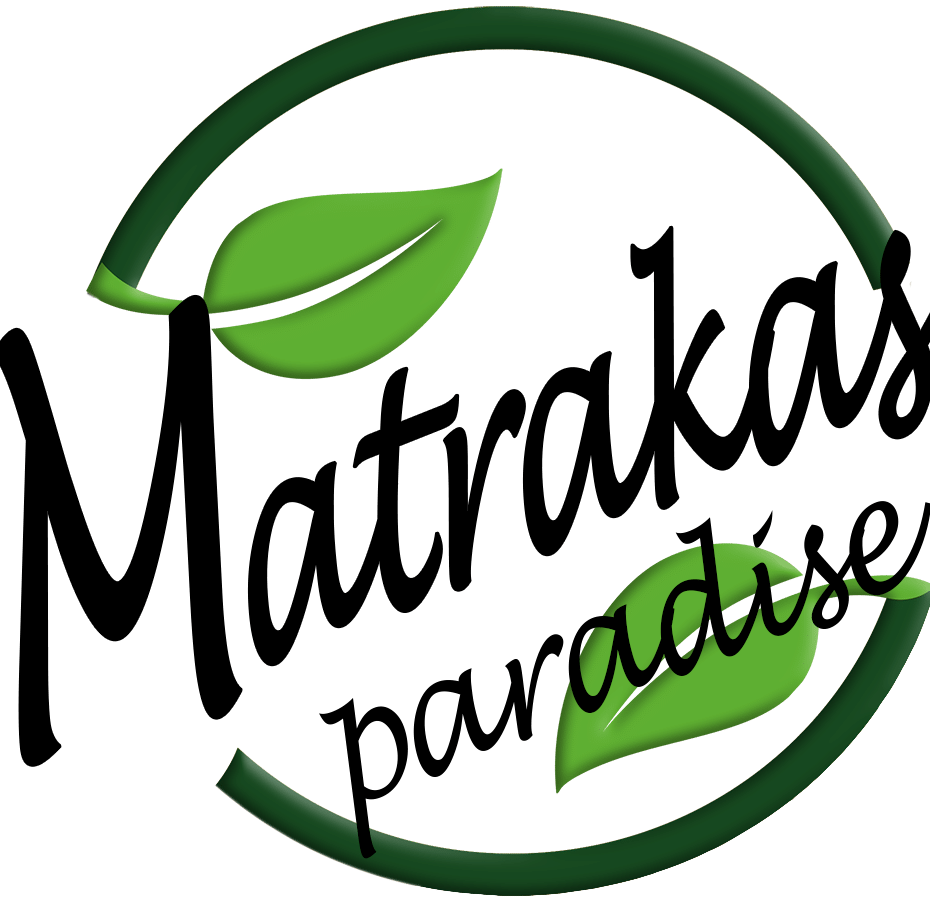Parsley (properties and maintenance)
The properties and maintenance of the parsley
Parsley contains two classes of rare ingredients that provide unique health benefits. The first category is volatile oils, such as myristin, limonene, eugenol and monoterpene. The second category is flavonoids, such as apigenin, chrysoerol and luteolin.
- Parsley antioxidants: Flavonoids contained in parsley, especially luteolin, can protect cells from damage mediated oxidation or reactions promoted by oxygen. Furthermore, parsley extracts have been used in animal studies and shown to contribute to increased blood antioxidant capacity.
- Parsley vitamin C and beta-carotene: In addition to volatile oils and flavonoids, parsley is an excellent source of vitamin C and a good source of vitamin A (in particular beta-carotene).
Vitamin C has many different functions. First is water-soluble antioxidant in the body helps to fight free radicals, especially in the inner part of the cells. High levels of free radicals contribute to the development and progression of many diseases, such as atherosclerosis, colon cancer, diabetes and asthma. Furthermore, vitamin C is a potent antiinflammatory agent, which explains its usefulness in conditions such as osteoarthritis and rheumatoid arthritis. Since vitamin C is essential for the healthy functioning of the immune system, is useful for preventing infections or colds.
The beta-carotene is lipid soluble antioxidant in the body. Diets that include foods rich in beta-carotene associated with reduced risk for the development and progression of health problems such as atherosclerosis, diabetes and colon cancer. Like vitamin C, and thus beta-carotene can help reduce the severity of asthma, osteoarthritis and rheumatoid arthritis. Additionally, beta-carotene is converted by the body into vitamin A, is a very important nutrient for the immune system. - Parsley for a Healthy Heart: Parsley is a good source of folic acid, one of the most important of the vitamin B complex. While playing many roles in the body, one of the most important roles in relation to cardiovascular health and plays an important role in the homocysteine conversion process in benign molecules. Homocysteine is a potentially dangerous molecule, which in high concentrations, can directly damage the blood vessels. The high levels of homocysteine associated with significantly increased risk of heart attack and stroke in people with atherosclerosis or diabetic heart disease. Enjoying foods rich in folic acid, such as parsley, prevents the risk of developing these diseases. Folic acid is also an important nutrient for proper cell division and therefore it is vital to the prevention of cancer in the body regions containing rapidly dividing cells, such as cervical cancer. Studies in animals have shown that parsley reduces the pressure of more than 40%, while in humans has been shown to increase diuresis. It also seems to favor the digestion of food as it increases intestinal motility due to one of the main essential oils (myrsitini). This accounts for the slight hallucinogenic activity ascribed.
Antimicrobial and anti-rheumatic properties attributed to parsley, have not been established scientifically.
Parsley maintenance and selection
Fresh parsley has superior taste, aroma and nutrients in relation to the dried parsley. Select parsley with green, shiny leaves and stalk hard. Avoid buying parsley balls that have wilted or yellowed leaves. If you buy dried parsley, prefer organic. Fresh parsley should be kept in the refrigerator in a plastic bag or in foil, enough not to be wet, because then easily rot. You can even be the drain and keep for some time away from moisture and light. The roots of parsley are kept submerged in sand, and diced frozen or dried.
Parsley use
Fresh parsley should be washed immediately before use, as they are extremely fragile. The best way to clean is to add in a bowl of cold water and mix with your hands. Then you have to remove the leaves from the water to empty the bowl and refill it with clean water and repeat the process until there are no impurities in the water. Sprinkle with chopped parsley soup, lighter sauces, boiled potatoes, salads and dishes curds. Well known with parsley salad recipe is tabbouleh or tabouli. The broadleaf parsley is a component of the French «Bouquet garni» like many other fresh or dried spice mixtures for meat dishes, fish and egg, soups, salads, curds and flavored butter. The root is added to casseroles and soups. Parsley should be added to the end of the cooking process, so that they can better maintain the flavor, color and nutritional value. Add parsley to pesto to intense green. Combine chopped parsley, garlic and lemon zest, and use it as a seasoning on chicken, lamb and beef. Build a colorful salad with fennel, orange, cherry, pumpkin seeds and parsley leaves. Parsley as injectate (a spoonful well cut sheets or a teaspoon truncated radical or little of the fruit in half a liter of water) is used as a diuretic for ydropikia, infections of the kidneys and bladder. It is also used to help the menstrual. Large doses should be avoided especially by pregnant women (causing intoxication).
